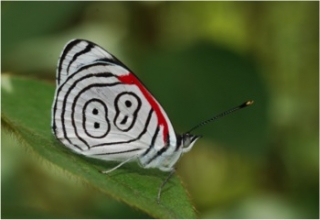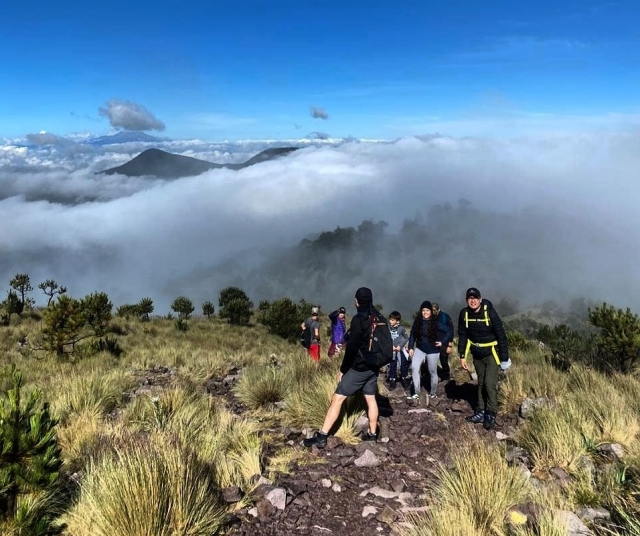
This stunning location was designated a UNESCO World Heritage Site in 1987 and forms part of the Sierra Madre Oriental. The area is accessible via Federal Highway 85 and the state road from Gómez Farías, the ejido of Altas Cimas, the village of San José, and the ejidos of La Gloria and Joyas de Manantiales.

Diverse ecosystems
Its natural attractions are spread across valleys and mountains, rivers, waterfalls, and springs, but what makes it truly special is the coexistence of the following ecosystems:
- Mountain cloud forest, also known as a fog forest,
- Temperate pine-oak forest, found at higher elevations,
- Arid plains with xerophytic scrubland,
- Aquatic vegetation.

There are 4 different routes to reach the area, but full access by car is not possible. Up to Altas Cimas, there is a narrow dirt road with some difficulty that requires four-wheel drive.
Natural attractions
Thanks to its stunning natural beauty, this wonderful place invites you to explore spectacular trails on hiking excursions. Local farmers and residents have worked hard to create excellent paths that showcase the natural diversity of different zones, such as:
- Cerro de la Cruz in Altas Cimas,
- El Mirador, also in Altas Cimas,
- El Valle del Mante and Xicoténcatl, also known as Cerro de las Chachalacas (Altas Cimas),
- La Huella del Jaguar in La Gloria.

Among the most visited destinations in the El Cielo Biosphere is San José, famous for its troglobitic fauna. These are invertebrates that, through evolutionary adaptation, have adjusted to life in caves with minimal nutritional resources. They typically lack eyes and have poor pigmentation. At La Cueva del Agua, a 20 km hike from San José, you can observe these unique creatures.

You can experience completely different landscapes from one point to another, with the freedom to engage in a wide variety of outdoor activities. It’s a destination well worth visiting on your next trip to Tamaulipas.











